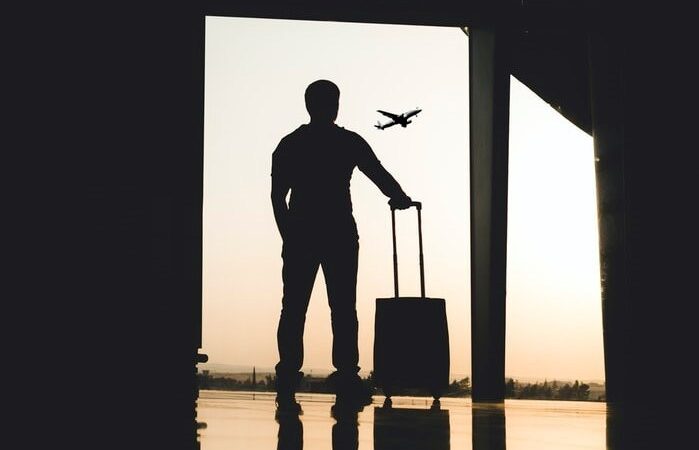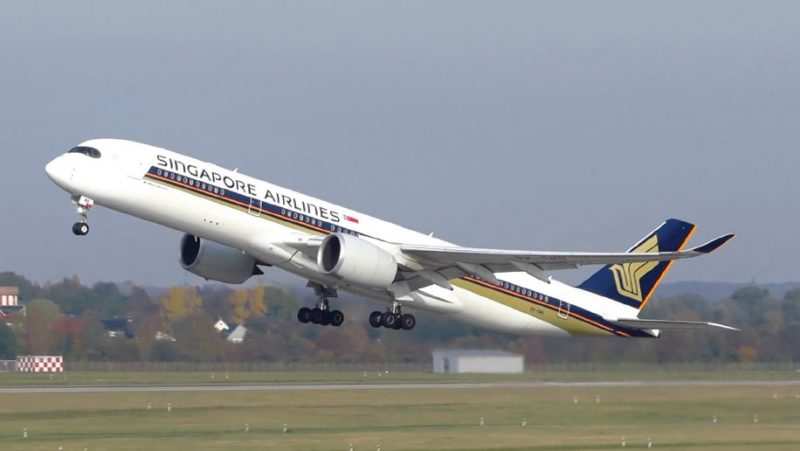Singapore Airlines Targets Net Zero Carbon Emissions by 2050
The airline has been slowly putting measures in place since 2017 to meet this ambitious, but necessary goal
May 27, 2021


The Singapore Airlines Group (SIA) — comprising Singapore Airlines, Scoot and SIA Cargo – is joining the worldwide push to reduce global warming and preserve the health of the planet by committing to a net zero carbon emissions standard across all of its operations by 2050.
The Group’s divisions will deploy multiple strategies to achieve this goal, according to Mr. Goh Choon Phong, Chief Executive Officer, Singapore Airlines.
These include acquiring new-generation aircraft; achieving greater operational efficiencies; exploiting low-carbon innovations (such as low-carbon fuels); and more aggressively sourcing carbon offsets.
The aggressive push further proves SIA’s standing commitment to decarbonization and sustainability, Phong said–even amidst the current pandemic.
“Today, the most effective and direct way for an airline to materially lower carbon emissions is by operating a newer, more fuel-efficient fleet of aircraft.
“So, over the last year, we have retired 45 older aircraft. We will gradually be replacing them with newer generation jets that are up to 30 percent more fuel efficient. And this will substantially lower our emissions in coming years,” Phong added.
Each member of the SIA Group’s fleet has an average age of under six years–making the SIA Group’s fleet one of the youngest in the world.
The SIA Group’s aircraft fleet currently has an average age of five years 10 months. Its investment in more efficient planes continues apace. The Group’s order book includes new-generation models such as Airbus’ A350-900 and A320neo Family and Boeing’s 777-9, 787 Family and 737-8 Max. All of these aircraft are up to 30 percent more fuel-efficient than their closest counterparts among earlier models and also feature markedly reduced emissions compared to them.
Other efficiencies in place derive from improvements in operations and procedures. For example, the SIA Group has independently invested in engineering improvements for airframes and engines designed to reduce drag and improve engine efficiency.
The Group’s airlines aim to continuously improve fuel productivity (vs. fuel efficiency, per se) through a range of initiatives, from reducing fuel consumption via aircraft weight management to computer optimization of flight routes. Innovations in technology and data analytics will clearly pave the way for more such improvements, says Phong. The airline company will continue to engage research institutions to explore such ideas.
Such initiatives are not new to the airline. The company has been an active member of the Sustainable Aviation Fuel Users Group (SAFUG) since 2011. In 2017, SIA launched a series of green package flights from San Francisco to Singapore that incorporated sustainable aviation fuels, fuel-efficient aircraft and optimized air traffic management measures. In 2020, the airline worked with Stockholm’s Swedavia Airport to uplift sustainable aviation fuels on flights departing from the city. These activities have helped to improve the Group’s understanding of the logistics and procurement of renewable fuels.
Singapore Airlines is actively working with partners and stakeholders to explore opportunities to scale up the adoption of sustainable aviation fuels across the network.
Beyond reducing direct emissions, carbon offsetting can play an important and complementary role. The SIA Group is a participant in the International Civil Aviation Organization’s Carbon Offsetting and Reduction Scheme for International Aviation (CORSIA), which seeks to cap the industry’s growth in carbon emissions from 2020.

Reducing Carbon Footprint
While offsetting is particularly important in the mid-term, it is also expected to remain relevant in the long run so the Group will continue exploring pathways through partnerships to source high quality carbon offsets. This includes working together with stakeholders in Singapore to develop a holistic decarbonization plan to complement Singapore’s goal of strengthening the country’s air hub and maintaining its competitive advantage. Such measures are seen in recent actions, such as completing the installation of solar panels on all of its office buildings in Singapore. The local action has allowed the company to generate 18 percent of the company’s electrical demand in Malaysia’s capital city (enough electricity to power about 2,300 four-room apartments).
“The pledge to achieve net-zero emissions by 2050 reinforces our commitment to finding ways to tackle the impact of our operations on the environment,” says Phong.
Reducing Cabin Footprint
Last year, SIA rolled out a new regional economy class offering increased meal choices with accompanying bamboo cutlery and sustainable paper packaging. Along with reducing the scourge of single use plastics, the new packaging weighs half that of plastics, helping to lower fuel consumption. The tableware and food waste can be sent to an eco-digestor that converts the refuse into energy pellets that can help supplant fossil fuels resources.
“However, we can’t achieve our goals on our own. We will continue to collaborate with governments, the airline industry, and partners such as aircraft manufacturers, technology providers, and fuel suppliers, both in Singapore and around the world. We must work together to push the envelope, and find innovative solutions that help us meet our targets,” added Phong.




